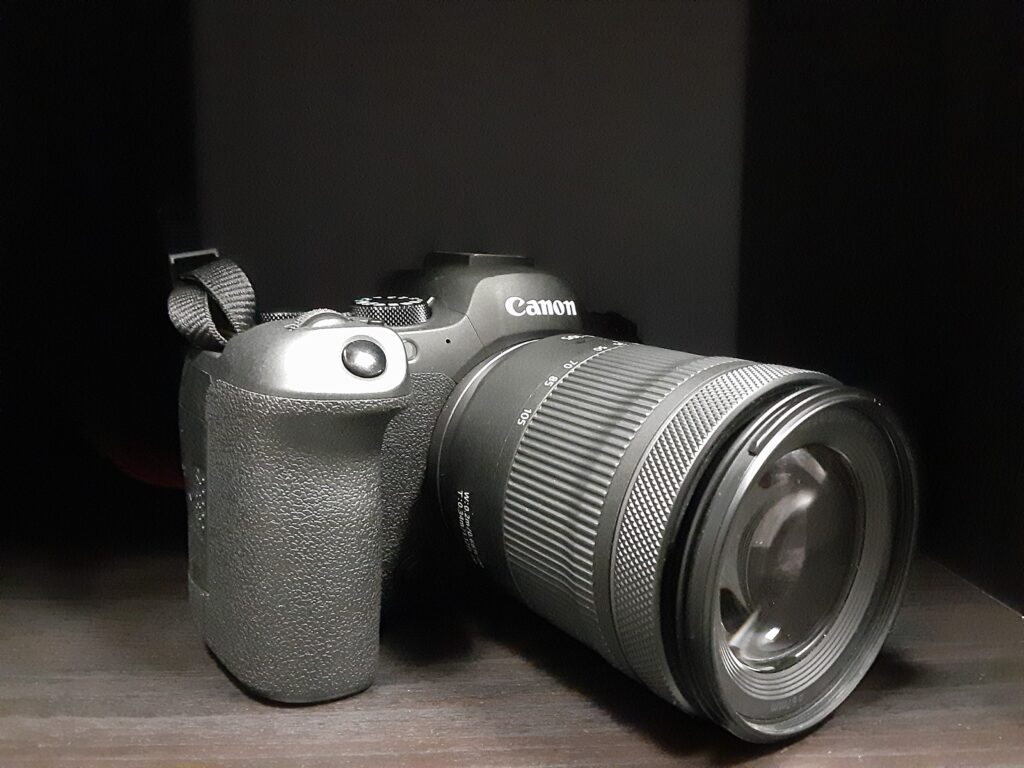
Image from The Huffington Post.
Upon hearing the words puppy mill, your brain probably produces some very negative thoughts. You probably think of sad dogs with big eyes looking out from behind bars, but there is much more to it.
According to The Puppy Mill Project, a puppy mill can be defined as a breeder who puts financial gain above the health and happiness of their dogs. When this happens, the puppies produced in the mills end up being unhealthy and can have a lot of behavior issues that become a burden to the future owners of the puppy.
Puppy mills are absolutely atrocious. Life in a puppy mill is no life at all. Mothers are shoved into tiny, wire cages that are stacked on top of each other with little room to move and no protection from heat or cold. Every single heat cycle they are forced to breed, and when they no longer can breed, they are killed. Dogs in puppy mills do not even get a peaceful death. The breeders will barbarically drown or shoot dogs instead of euthanizing them humanely, simply because it saves money. These dogs live in dirty, unsanitary conditions, where they can contract all kinds of horrible illnesses.

So, why isn’t anyone doing anything about this problem? Well, the Department of Agriculture is supposed to be overseeing the treatment of animals in commercial dog breeding facilities. It is also supposed to be regulating the treatment of animals used for research and animals that are publicly exhibited in places like zoos. However, it has been very lax in its evaluation of facilities that breed dogs. It is estimated that Department of Agriculture inspectors “devote a maximum of 6 percent of their time enforcing the AWA.” The health of the animals is often overlooked, and the mills are granted a license when they only meet minimal standards set by the Animal Welfare Act.
The Animal Welfare Act, which was enacted in 1966, mentions only the care and treatment of animals. The act takes the government out of anything having to do with the guidelines set in these facilities. Therefore, if the puppy mill sees their dogs as being treated well and cared for (even when they are locked in small cages their whole lives, while being forced to have puppies every time they go through heat), they very well may be granted a license. Clearly the owners of puppy mills should not be able decide if their facilities are safe and clean, since the reality is that many of them are dangerous and dirty. Instead, further governmental regulation is essential.
The Animal Welfare Act, which was enacted in 1966, mentions only the care and treatment of animals. The act takes the government out of anything having to do with the guidelines set in these facilities. Therefore, if the puppy mill sees their dogs as being treated well and cared for (even when they are locked in small cages their whole lives, while being forced to have puppies every time they go through heat), they very well may be granted a license. Clearly the owners of puppy mills should not be able decide if their facilities are safe and clean, since the reality is that many of them are dangerous and dirty. Instead, further governmental regulation is essential.
Likely due to the lack of strong guidelines to regulate facilities properly, there is currently a very high number of puppy mills. It has been estimated that there are 10,000 puppy mills in the U.S. alone, whether licensed or not. Combined, the mills produce around 2 million puppies each year, while 1.2 million are euthanized in shelters. The puppies produced in these mills are generally sold through pet stores such as Furry Babies and online.
I believe that one of the easiest ways to reduce the amount of puppy mills in the United States is by adoption. Adoption costs much less money. Not only that, but you are saving a life when you adopt. I know many people who don’t want to adopt a dog because they are afraid of behavior problems. In fact, mill puppies run the same risk of behavior problems. They may be even more likely to have problems because they are taken from their mother’s too early and are bred and shipped in very harsh conditions.

While this is an easy step that most anyone can take to reduce puppy mills, I also believe that those in authority should take action. The Animal Welfare Act should be amended with stricter rules about how animals need to be treated and cared for, and the Department of Agriculture should have stricter rules for issuing licenses to breeders. A simple way to apply this is by enacting a law or mandate that requires breeding dogs to be up to a certain code of health before they are allowed to have puppies.
Mothers should have to be fit and healthy, meaning they get exercise, medical care, safe shelter and good food. In addition, mothers should be having puppies every other time they go through heat. The puppies should only be allowed to be taken from their mothers when they are no longer nursing. Finally, there should be a limit on how many dogs a breeder can own at one time. Breeders now may have hundreds, even thousands of dogs at a time without any repercussions. This makes these facilities a breeding ground for disease.
Stricter rules should also be kept about the cleanliness of the facilities the dogs are being housed in. Sanitation codes need to be upheld regarding the disposal of animal waste and the cleanliness of the animals themselves.
There is some good news, though. California unanimously passed a bill that prohibits pet stores from selling dogs from puppy mills. The requirements for the bill will go into effect on January 1st, 2019 and after that, stores could be fined $500 for every dog they sell that isn’t a rescue. This is a huge win for those that oppose puppy mills and other commercial breeding facilities, but it’s an even bigger win for man’s best friend.
If you would like to get more involved in the fight against commercial breeding, please visit www.thepuppymillproject.org









